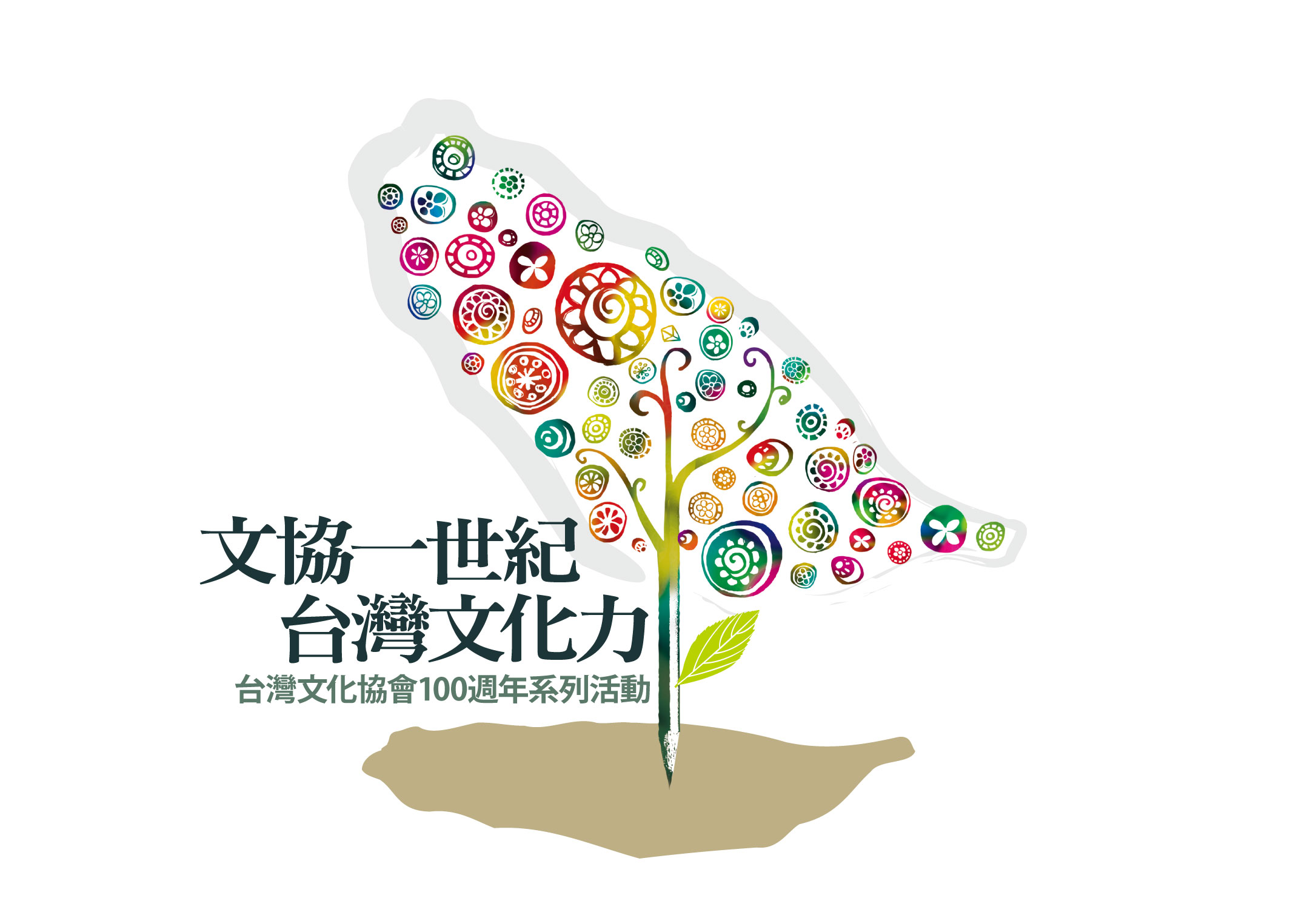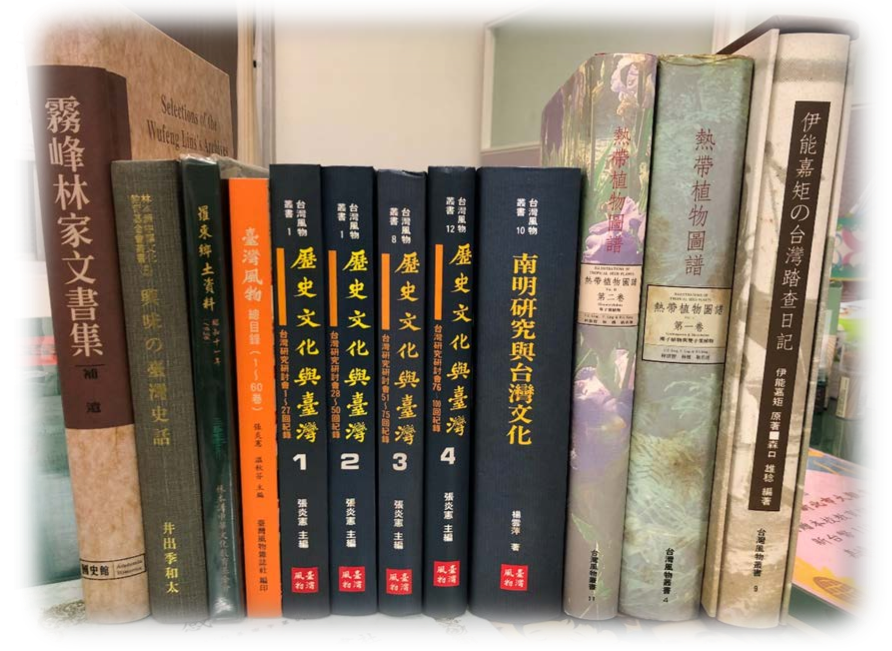
台灣歷史的鏡與窗
The mirror and the window of Taiwan History
戴寶村/Tai Pao-tsun
(國立中央大學歷史研究所副教授兼任台灣歷史學會秘書長)
(Associate Professor of History, National Central University,
and Secretary General of the Taiwan Historical Association)
2001-03-05

歷史就像一面鏡子,可以讓人鑑往知來。閱讀台灣的歷史就如翻閱一本豐富的史書一般。從十六世紀葡萄牙水手在台灣近海航行時,發現了綠油油的島影而感嘆其美,高呼「Ilha Formosa!」,從此「褔爾摩沙美麗之島」這個名稱為台灣這塊小島注入了豐富的歷史生命。台灣特殊的地形、地理位置、多樣化的族群與語言都是它歷史獨特性的因素,因此本日『台灣之窗』由國立中央大學歷史研究所副教授兼任台灣歷史學會秘書長戴寶村先生執筆,台灣的歷史發展概況,為讀者勾勒出一個大體的輪廓,引領大家進入台灣的歷史列車。
History is like a mirror, we can use it to reflectthe past and predict the future. Reading aboutTaiwan’s history is like dipping into a richhistorical treasure trove. Ever since Portuguesemariners first sailed through Taiwan’s coastalwaters in the sixteenth century, found thisshimmering green island and cried aloud at itsbeauty, “Ilha Formosa!”, this name of “beautifulisland” has infused the small island with a richhistorical life. Taiwan’s unique topographicaland geographical position, and its ethnic andlinguistic diversity are the factors whichconstitute the uniqueness of its history. Today’s”Window on Taiwan” is written by Tai Pao-tsun,associate professor of history at National CentralUniversity, and secretary general of the TaiwanHistorical Association, to give our readers ageneral outline of Taiwan’s history, therebygiving you a hand aboard the Taiwan historyexpress.
歷史可以鑑往知來
歷史是人群生活經驗的總合,過去的歷史影響現在,現在也影響未來,歷史就像是面鏡子讓人看過去,也像窗戶可以看到未來。生活在台灣的人越來越關心自己週遭的歷史文化,世界各國的人也對台灣各種現象感到好奇,藉著構成歷史基本要素的地理環境、人群、時代的演變等面向,可以瞭解台灣歷史發展所呈現的特色。
History can be used like a mirror to reflect thepast and learn the future
History is a the sum of life experiences of amultitude of people. Past history influences thepresent, and the present will in turn influencethe future, and so history resembles a mirrorwhich allows us to see the past, and is alsolike a window through which we can catch sightof the future. People living in Taiwan areincreasingly interested in the historical culturethat surrounds them, and people all over theworld are also curious about the phenomena ofTaiwan. Looking at the evolution of geographicalenvironment, people, and eras which comprise thefundamental elements of history, we can understandthe characteristics which emerge in Taiwan’shistorical development.
高度的開放性與國際性
台灣是一個南北狹長的海島,常被形容成像一條蕃薯,北方的日本在十六世紀就注意到「高砂國」(Takasago),十九世紀末期南進取得台灣作為殖民地,統治達五十年之久。西隔台灣海峽不到200 公里就是中國的福建、廣東,因此早期漢人得以渡海來台,構成現今台灣社會的主要族群。南方經巴士海峽與菲律賓為鄰,十七世紀大航海、殖民的時代,來到東南亞佔領殖民地的西班牙、荷蘭也同時佔領過台灣,海島的地緣關係使台灣的歷史表現高度的開放性與國際性。台灣又是一多山的島國,因此高山、丘陵、盆地、台地、平原、海岸、動物、植物等呈現高度的複雜多樣性。
A very open and international place
Taiwan is long, narrow island which stretchesfrom north to south, and is often described asresembling a yam. Japan, lying to the north ofTaiwan, noticed what they called the “Takasago”in the sixteenth century, and at the end ofthe nineteenth century, Japan advancedsouthward, made Taiwan a colony and governedit for 50 years. Fujian and Guangdong are lessthan 200 km to the west of the Taiwan Strait,and for this reason, Han people from theseprovinces crossed the sea to Taiwan very earlyon, making up the main ethnic group ofmodern-day Taiwan society. Crossing the BashiChannel to the south is our neighbor thePhilippines. The seventeenth century, the ageof great voyages and colonization, the Spanishand the Dutch who came to Southeast Asia toseize land for colonization came to Taiwan too,and the island’s geographical situation hasmade Taiwan an open and international place.Taiwan is an island nation with many mountains,and so the mountains, hills, basins, plains,seaboards, animals and plants combine topresent a highly complex diversity.
原住民族形成特殊的文化風貌
台灣人是由數種不同的族群所構成,包括屬於南島語族的原住民,通常又分成平埔族與原住民族,平埔族只是概括的稱呼,從北到南還有噶瑪蘭、凱達格蘭、道卡斯、拍瀑拉、拍宰、巴布薩、洪雅、西拉雅等族的分類。平埔族與漢人接觸混居甚早,文化特質快速消失,但在很多地方仍可找到平埔族的後裔,地名、風俗、歌謠依然流傳,如「台灣」就是源自西拉雅族稱呼台南安平地區的地名。目前所稱的原住民族約38萬人,通常又分成泰雅、賽夏、邵、布農、鄒、排灣魯凱、卑南、阿美、達悟等十族,各族的社會組織、語言、習俗文化各不相同,原住民族構成台灣特殊的文化風貌。
The Aboriginal tribes form a special cultural scene
The people of Taiwan are made up of many differentethnic groups, including Aboriginal peoplesbelonging to the Austronesian language groups,who have generally been divided into Pingpu andAboriginal races. “Pingpu” is only a generalname: from north to south, there are the Kavalan,Ketagalan, Taokas, Papora, Pazeh, Babuza, Hoanyaand Siraya tribes. The Pingpu people have livedand had close contact with Han people since theearly days, and the distinguishingcharacteristics of their cultures soondisappeared, but in many places you can stillfind the descendants of the Pingpu people, andplace names, customs and folk songs have beenhanded down to this day. The very name “Taiwan”is the original Siraya name for the Anpingdistrict of Tainan. The people who are currentlyknown as the Aboriginal tribes number about380,000 people, and are commonly divided intoten tribes: Atayal, Saisiat, Sao, Bunun, Tsou,Paiwan, Rukai, Puyuma, Amis and Tao. Each tribehas its own distinct social structure, language,customs and culture, and the Aboriginal peoplemake up a distinctive cultural scene in Taiwan.
語言族群的複雜性
漢人都是由中國大陸移民來台,但移民台灣時代有別,十七世紀開始福建、廣東地區的人民因生活經濟壓力,不斷冒險渡海來台,由於原居地、語言、風俗的不同,有福佬與客家之分別,福佬語系人口約佔70%,客家語系人口約佔15%,客家人分佈在桃園、新竹、苗栗、屏東、花蓮等縣比較多,福佬人與客家人的語言不同、信仰習俗也各有差異,即使福佬話、客家話本身仍有語腔的不同,這是台灣語言族群複雜的現象。
The complexity of different language groups
The Han people all immigrated to Taiwanfrom mainland China, but immigration isdivided into different stages. In theseventeenth century, waves of poverty-strickenpeople from Fujian and Guangdong, continuedto brave the Taiwan Strait to come to Taiwan,and because they came from differenthometowns, and spoke different languagesand practiced different customs, there wasa distinction between Holo and Hakka. Holospeakers currently make up around 70% ofthe population, while Hakka speakers makeup around 15%. Hakka speakers areconcentrated around Taoyuan, Hsinchu,Miaoli, Pingtung and Hualien. The Holoand Hakka languages are mutuallyunintelligible, and their speakers havedifferent beliefs and customs. Even withinthe Holo and Hakka languages, there aredifferent accents and dialects, and so wehave this complex phenomenon of Taiwanethnic groups based on language.
多元族群與移民
1949年中華民國政府移治台灣,帶來150萬左右的中國各省人民,以從事軍公教職業的人口為主,這批晚期移民過去都被稱作「外省人」,他們對現代台灣的政治與社會造成深刻的影響,外省人與本省人早期在語言、生活風俗、政治社會活動等各方面都有所不同,本省人常以「蕃薯」比喻自己,而用「芋仔」來稱呼外省人,經過數十年的社會互動,台灣已有無數的本省、外省通婚所生子女,「番芋仔」滿街走,一點也不為過,因此多元族群、族群互動頻繁、移民社會 是台灣社會發展的特色。
Diverse ethnic groups and immigrants
In 1949, the government of the Republic ofChina moved to Taiwan and proceeded togovern it, bringing over around 1.5 millionpeople from every province in China, mainlyfrom the professional (i.e. military, civilservice or teaching professions) population.This later period of immigrants are known as”Waisheng Ren,” literally, “people from outof province,” and they have had a very deepinfluence on politics and society inmodern-day Taiwan. The “Waisheng Ren” andthe “Bensheng Ren” (literally, “people fromthis province”) had very different languages,lifestyles, customs and political and socialactivities. Bensheng Ren often callthemselves “yams,” and use the name “taro”for the Waisheng Ren. Now, after severaldecades of social interaction, it’s noexaggeration to say that Taiwan has countlessnumbers of “yam-taros” born to BenshengRen and Waisheng Ren parents. As a result,Taiwan society has developed the specialcharacteristics of an immigrant society,with its multiculturalism and constantinteraction between ethnic groups
走向世界各角落
透過考古的發掘研究,可以瞭解台灣有很早的史前文化,原住民族雖無文字紀錄的歷史,但經由語言學、民族學的研究也知道他們早就定居台灣。至於台灣真正進入文字紀錄詳細的歷史年代則比較晚。1624年荷蘭人佔領台灣作為殖民地與經貿據點,至1662年被鄭成功逼迫離開台灣,同一時期西班牙人在1626年至1642年佔據北部的基隆和淡水,台灣在十七世紀成為海權國家的殖民地,台灣進入世界史的舞台。1661年至1683年鄭成功、鄭經、鄭克塽祖孫三代在台灣,1683年清帝國攻佔台灣,統治212 年之後在1895年割讓給日本,漢人移民社會在兩百多年之中發展成形。1895年至1945年台灣在日本殖民統治下,建立近代化的行政體系、交通、財政金融、農業、工業、教育、公共衛生等基礎建設,這些殖民地的遺產對日後台灣的發展有所助益,日本時代的建築物各處可見,台灣人的生活文化、用語稱呼甚多仍自然沿用。戰後半個多世紀以來台灣的政治由威權體制走向民主化,工業化的發展則快速成長,經貿成就卻受到了全球的重視,即使政治上的國際外交處鏡艱難,「MIT 」的產品流通世界,台灣人也走向世界各角落,成為地球村的重要成員。
Moving out to reach every corner of the globe
From archeological excavations, we know thatTaiwan had a very ancient pre-historicculture, and although the Aboriginals haveno written historical records, we know fromlinguistic and ethnographic research thatthey settled in Taiwan very early on.Detailed written records on Taiwan’s historydo not start until comparatively late. In1624 the Dutch occupied Taiwan as a colonyand trading center, until they were forcedout by Koxinga in 1662. The Spanish occupiedKeelung and Tamshui from 1626 until 1642. Soit was not until the seventeenth century,when Taiwan became a colony of the maritimepowers that the island entered the globalhistorical stage. From 1661 until 1683 Taiwanwas ruled by Koxinga, his son Cheng Ching,and grandson, Cheng Ko-shuang. In 1683 theQing Dynasty gained control of Taiwan, andafter ruling it for 212 years it was givenaway to Japan in 1895. It was during this 200year period that Taiwan developed as a HanChinese society. From 1895 to 1945 whenTaiwan was under Japanese colonial rule,its basic political system, communications,financial institutions, agriculture,industry, education and public sanitationinfrastructure were laid down. This colonialheritage was very helpful to Taiwan’sdevelopment in the post-Japanese period.Japanese-era buildings were left all aroundthe country, and the culture and language ofpeople in Taiwan naturally continued to usewhat was left behind by the Japanese. In thehalf century following the war, Taiwan’spolitical system has moved away fromauthoritarianism toward democracy. Industrialdevelopment has grown rapidly and the worldsets great store by the nation’s economy.Although Taiwan’s international position isperilous, it exports its “Made in Taiwan”goods to the world, and people from Taiwanare spread all over the globe becomingimportant members of the global community.
Edited by Hsu, Shiou-Iuan/ translated by Elizabeth Hoile
(許琇媛編輯/何麗薩翻譯)









